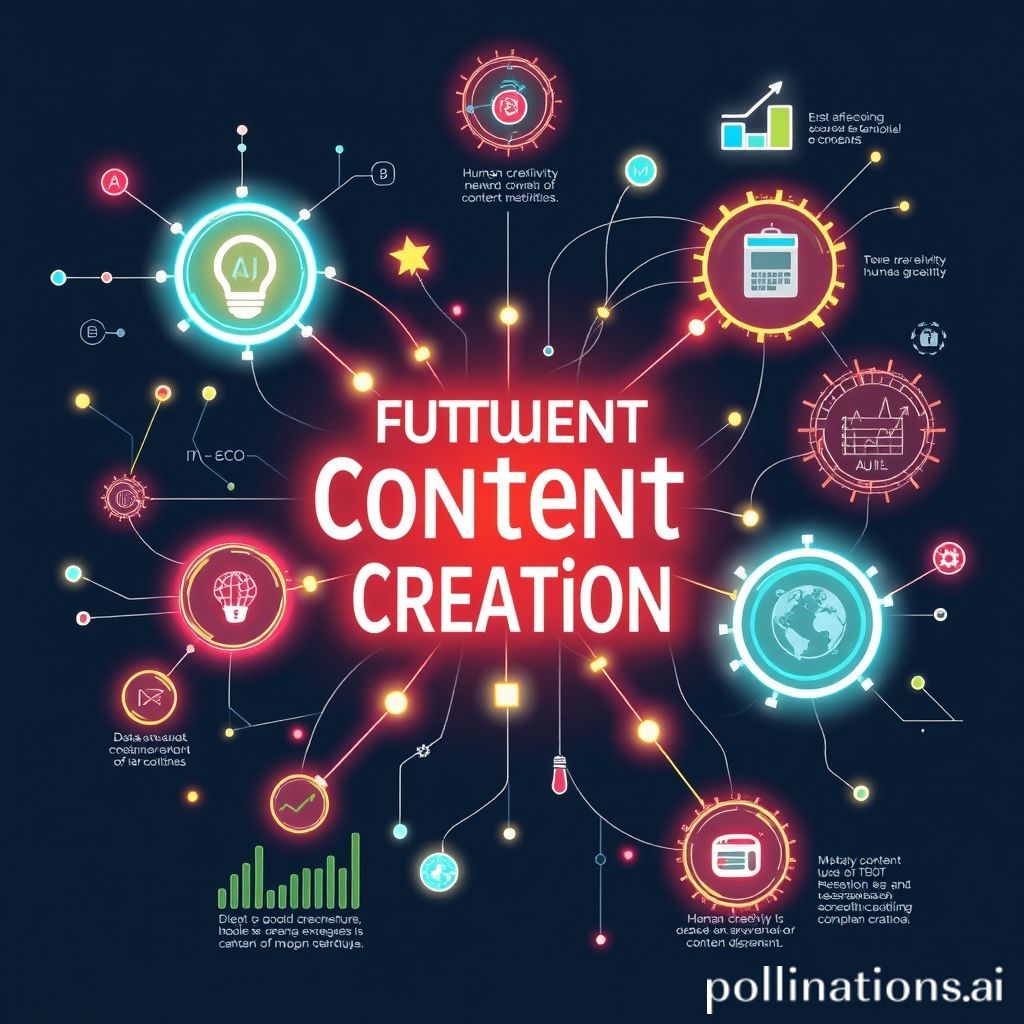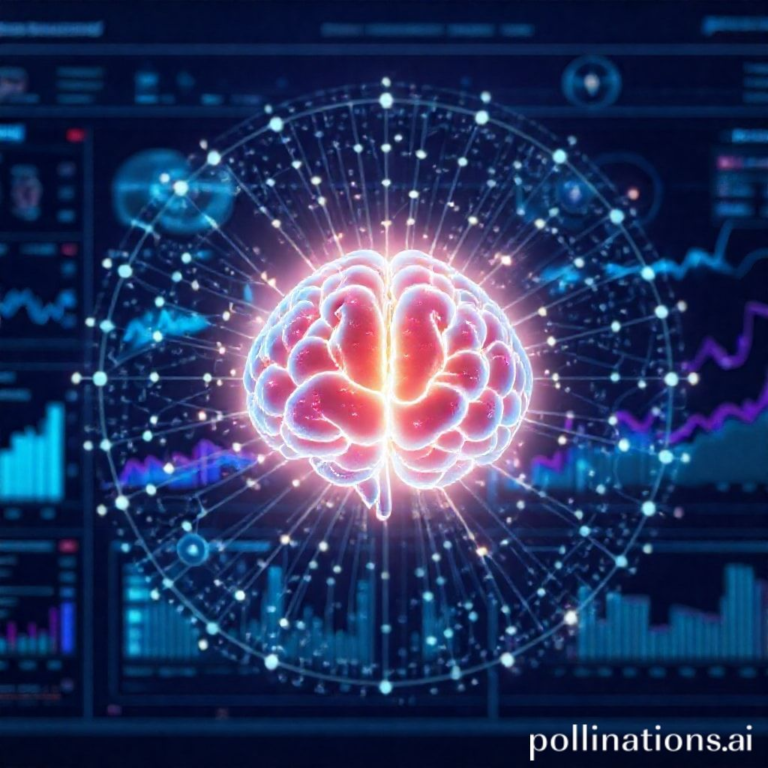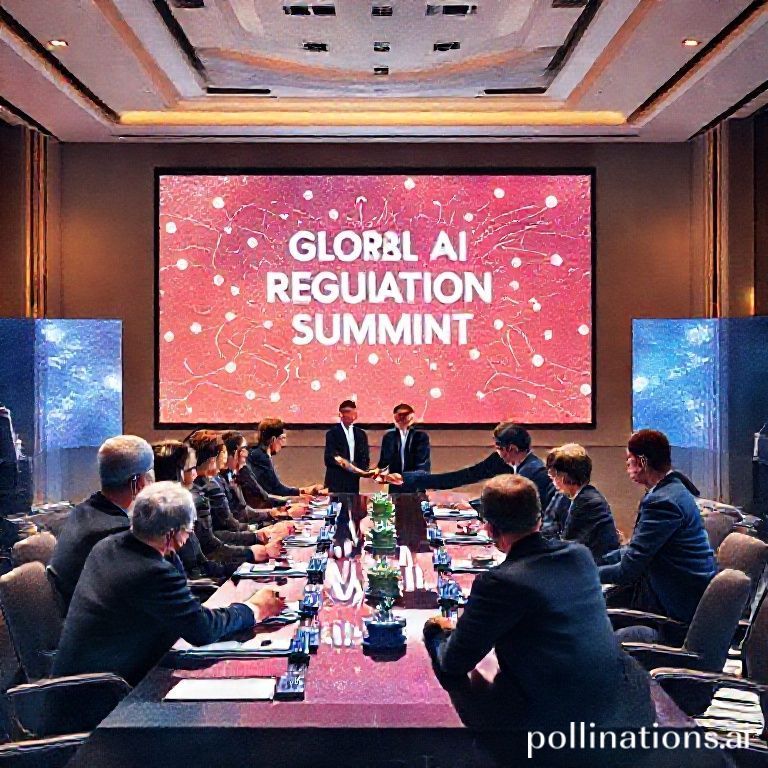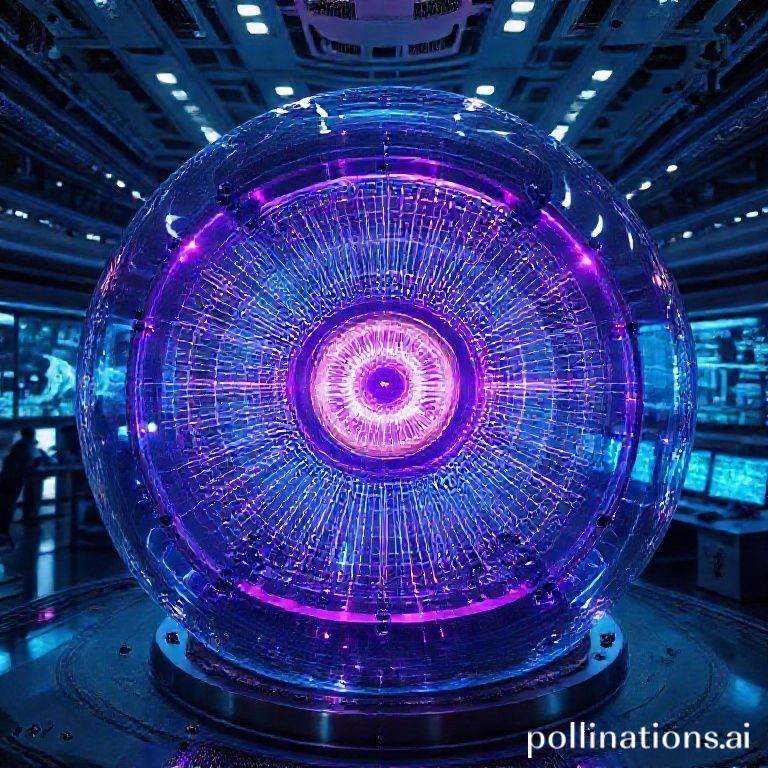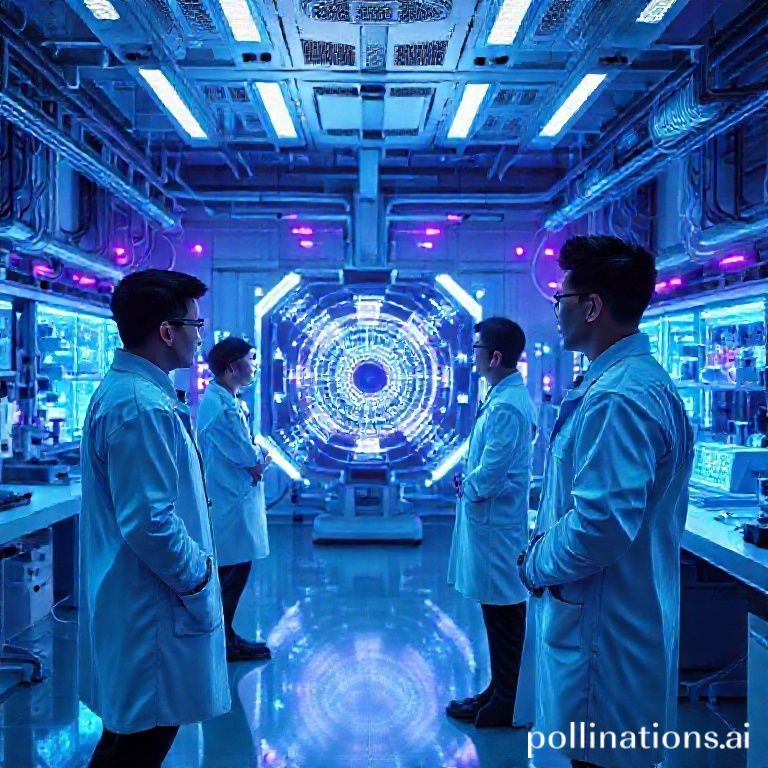
AI Writing: Revolutionizing Content’s Future
In a world drowning in information, the demand for fresh, engaging, and high-quality content has never been higher. From blog posts and social media updates to email campaigns and technical documentation, content is the lifeblood of communication in the digital age. But keeping up with this relentless demand is a herculean task for even the most dedicated content creators. Enter Artificial Intelligence (AI) – a game-changer that’s not just assisting but actively revolutionizing the way we write, strategize, and distribute content.
Far from being a futuristic pipedream, AI writing tools are already an integral part of countless content strategies, transforming the landscape of digital communication. They promise to unlock unprecedented levels of efficiency, scale, and personalization, forever altering the roles of writers and marketers alike. This isn’t about robots replacing human creativity; it’s about empowering us to achieve more, faster, and with greater impact.
The Dawn of a New Era in Content Creation
For decades, content creation has been a largely manual, labor-intensive process. Brainstorming, researching, drafting, editing, optimizing – each step demanded significant human effort and time. While the human touch remains invaluable, the sheer volume required in today’s digital ecosystem often pushes creators to their limits. This is where AI steps in, not as a replacement, but as a powerful co-pilot.
From Manual Labor to AI Augmentation
The transition from entirely manual content creation to AI-augmented workflows marks a pivotal shift. AI tools can analyze vast datasets, understand linguistic patterns, and generate text at speeds impossible for humans. This augmentation frees up content creators from repetitive and time-consuming tasks, allowing them to focus on higher-level strategic thinking, creative ideation, and the nuanced refinement that only human insight can provide. The result is not just more content, but smarter, more targeted, and ultimately, more effective content.
How AI Tools Are Reshaping the Writing Process
AI’s influence permeates almost every stage of the content creation pipeline. Let’s explore some key areas where these tools are making a significant impact.
Ideation and Brainstorming
Staring at a blank page is a writer’s perennial challenge. AI tools can banish writer’s block by generating a multitude of ideas, topics, and outlines in seconds. By inputting a few keywords or a general theme, AI can suggest fresh angles, trending topics, and even complete content structures, providing a robust starting point for any project. This dramatically reduces the initial ideation phase, allowing creators to jump straight into development.
Drafting and Content Generation
Perhaps the most visible application of AI in writing is its ability to generate actual text. From short social media captions and email subject lines to full-length blog posts and articles, AI can produce coherent and contextually relevant drafts. While these drafts often require human editing and refinement, they provide a substantial head start, eliminating the daunting task of writing from scratch. This capability is particularly beneficial for businesses needing to scale their content output rapidly across various platforms and formats.

Optimization and Refinement
Beyond generation, AI excels at fine-tuning existing content. Tools can analyze text for readability, grammar, style consistency, and even emotional tone. They can suggest alternative phrasing, identify passive voice, and ensure adherence to specific brand guidelines. For SEO, AI can recommend keywords, optimize meta descriptions, and suggest structural improvements to boost search engine rankings, making content not just well-written but also highly discoverable.
Personalization and Localization
In a globalized and hyper-personalized digital landscape, generic content often falls flat. AI can tailor content to specific audience segments based on demographics, behavior, and preferences. It can generate variations of a message that resonate with different groups, increasing engagement. Furthermore, AI-powered translation tools are becoming increasingly sophisticated, allowing content to be localized for diverse linguistic and cultural contexts with greater accuracy and nuance than ever before, opening up new global markets for businesses.
The Synergistic Future: Human-AI Collaboration
The true power of AI in content creation lies not in its ability to replace humans, but in its capacity to foster a synergistic relationship. AI handles the heavy lifting of data processing and initial generation, while humans bring the irreplaceable elements of creativity, critical thinking, empathy, and ethical judgment.
AI as a Co-Pilot, Not a Replacement
Think of AI as an incredibly powerful co-pilot. It can navigate, calculate, and even suggest routes, but the human pilot ultimately sets the destination, makes critical decisions, and adapts to unforeseen circumstances. Similarly, human writers provide the vision, the unique voice, the emotional depth, and the cultural understanding that AI currently lacks. They ensure the content aligns with brand values, resonates authentically with the audience, and maintains a consistent, human touch. This collaboration allows writers to elevate their roles, focusing on strategy, storytelling, and impactful narratives, rather than getting bogged down in repetitive tasks.

Addressing the Challenges and Ethical Considerations
While the benefits of AI in content creation are immense, it’s crucial to acknowledge and address the associated challenges and ethical considerations.
Quality Control and Fact-Checking
AI models learn from vast datasets, and if those datasets contain inaccuracies or biases, the generated content can reflect them. Therefore, human oversight for fact-checking and quality control remains paramount. Content generated by AI should always be reviewed and verified by an expert to ensure accuracy, credibility, and adherence to factual integrity.
Originality and Plagiarism Concerns
While advanced AI models are designed to generate original content, there’s always a risk of unintentional similarity to existing texts, especially if the training data heavily features certain phrases or structures. Content creators must use plagiarism checkers and ensure that AI-generated content is unique and properly attributed where necessary. The ethical line between AI assistance and outright plagiarism needs careful navigation and clear guidelines.
Bias and Misinformation
AI models can inadvertently perpetuate biases present in their training data, leading to content that is unfair, discriminatory, or promotes misinformation. Content creators must be vigilant in identifying and correcting such biases, ensuring that the AI tools are used responsibly and ethically to produce inclusive and accurate information.
Conclusion: Embracing the Future of Content
The future of AI in content creation isn’t just about automation; it’s about augmentation, empowerment, and transformation. By embracing these powerful tools, content creators can transcend previous limitations, producing more content, of higher quality, tailored to specific audiences, and delivered with unprecedented efficiency. The landscape of writing is evolving, and those who learn to effectively harness AI will be at the forefront of this revolution.
The partnership between human creativity and artificial intelligence is not just reshaping the way we write; it’s redefining what’s possible in the realm of communication. As AI continues to advance, the opportunities for innovation in content creation will only grow, promising a future where compelling, impactful content is more accessible and pervasive than ever before. The key will be to leverage AI’s strengths while upholding the irreplaceable value of human insight, ethics, and creativity.
